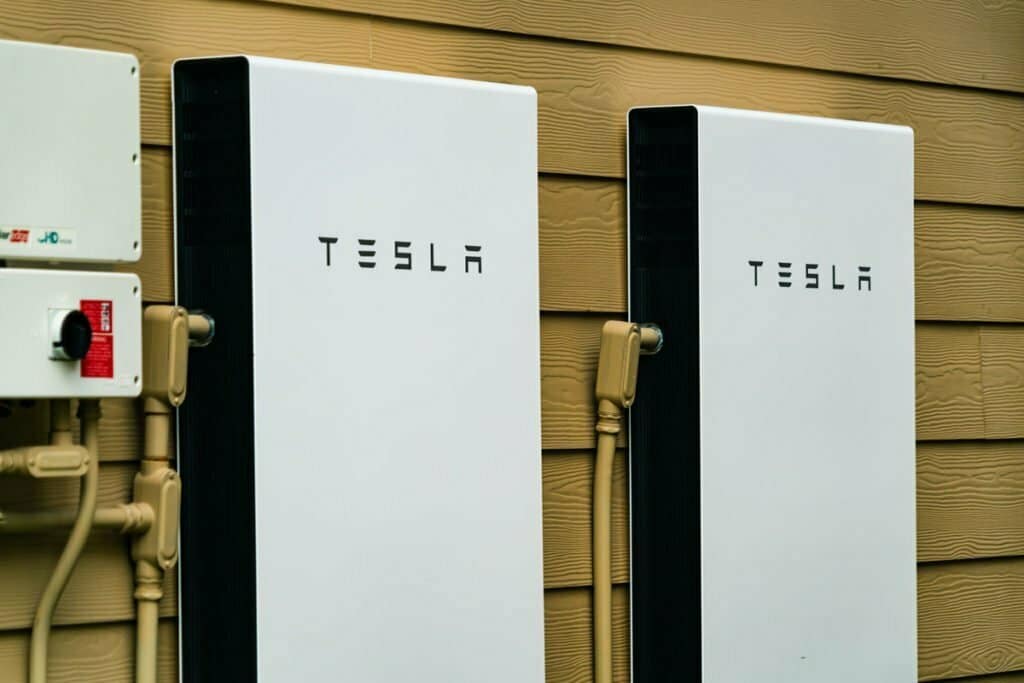In 2012, Ghana experienced a peculiar phenomenon with its electricity supply, which eventually became known as “Dumsor” among locals.
Derived from the local language of Akan, the words “dum” (off) and “sor” (on) were used to describe the persistent “off” and “on” nature of electricity in the country.
The frequent power disruptions meant low productivity and high costs to businesses to purchase generators, as well as the high costs of fuel to power those generators.
To solve the problem in the short term, President Mahama, at the time, signed a deal with Karpowership, a Turkish company that builds, operates, and owns a fleet of power ships that help provide power to the country.
Although it helped stabilize the energy supply, the country continues to face issues with the power supply, due to its indebtedness to independent power producers.
Ghana’s main source of energy at the moment consists mainly of thermal and hydro. Although solar energy production is promising, an add-on could be a solution to continuous energy production: Energy storage.
The concept of energy storage, a technology that allows for the storage of electricity within a compact, modern, and efficient unit, has been gaining traction in some parts of the United States and Europe.
At the end of 2020, the US had about 2.5 GW of combined stand-alone and colocated utility-scale battery storage capacity; it built an additional 3.3 GW in 2021 and 4 GW in 2022.
In layman’s terms, the US’s battery storage capacity has enough electricity to power about 2 million average U.S. homes at the same time.
Energy storage systems could offer a lot of benefits, particularly for a country like Ghana, where energy generation from renewable sources needs to be increased significantly over the next years.
Not Enough Focus on Renewables
Analysis by the International Energy Agency, a French-based intergovernmental organization that provides policy recommendations, analysis, and data on the global energy sector, states that Ghana’s energy outlook highlights the country’s efforts to shift towards cleaner energy sources.
With the government’s aim to achieve 10% renewable energy in the national mix and a significant reduction in greenhouse gas emissions by 2030, energy storage systems could support these targets by stabilizing the grid and managing energy loads more efficiently.
But according to recent data, Ghana is currently not on track to achieve its target.
According to the Energy Institute Statistical Review of World Energy, Ghana produced less than 1% of its energy from solar production in 2023.
At the current rate, Ghana will be well below its target of 10% renewable energy production by 2030.
The country’s geographical location near the equator makes it a prime spot for abundant sunlight, making it an ideal candidate for both solar energy and energy storage.
Some notable projects are already in the pipeline, including the collaboration between Huawei Digital Power Technologies and Meinergy Technology.
The two companies are aiming to construct a 1GW solar plant coupled with a 500 MWh storage facility.
The project is poised to be Africa’s largest solar-plus-storage project, showcasing the significant potential of energy storage in enhancing the efficiency and reliability of solar power.
A completion date for the project has yet to be announced.
In the interim, Ghana’s government could look at energy storage vendors for its energy storage solutions.
Energy Storage Products On The Market
Tesla, the popular US electric car maker, has an energy solution called the Powerwall, a rechargeable home battery system designed to store energy for later use. It can be paired with solar panels or operate independently, drawing energy from the grid.

The Powerwall has an energy capacity of 13.5 kWh, which can be used to power a home during the night or in the event of a power outage.
The average cost of installation of an energy storage solution like Tesla generally costs between $17,100 and $41,000 for a home.
Another company, Anker, has a storage solution called the Anker SOLIX X1 Energy Storage System, a high-performance energy storage solution designed to provide reliable power in various conditions.

Anker’s system is designed to keep homes powered in extreme conditions, offering energy storage, savings, and freedom.
The system is also capable of creating a home microgrid for increased energy independence.
These products and solutions not only cater to consumers but also extend to governments as well.
In 2018, Tesla signed an agreement with the Australian government to construct a “virtual power plant” with its storage solution and to distribute Powerwalls to residents.

The solution currently provides an estimated 650 MWh of energy storage capacity.
Roadblocks and Hurdles
Even though energy storage is a potential solution, there are some challenges, especially on the financing front.
A study published in GeoJournal points out the obstacles in the development and deployment of renewable energy in Ghana, such as high financing costs and insufficient technical know-how.
The average cost of installation of an energy storage solution like Tesla generally costs between $17,100 and $41,000 for a home.
Scaling this to a small village or township could run up to millions of dollars in cost.
The Road Ahead
The potential of energy power wall storage in Ghana is immense. However, realizing this potential requires strategic planning, robust partnerships, and supportive policies.
The current government’s role in creating a conducive environment for renewable energy investments is vital.
We emailed Ghana’s Ministry of Energy for comment on its plans for renewables, especially on energy storage.
At the time of this publication, we had yet to receive a response.
As Ghana continues to make strides in renewable energy, the integration of energy storage systems could be a game-changer.




